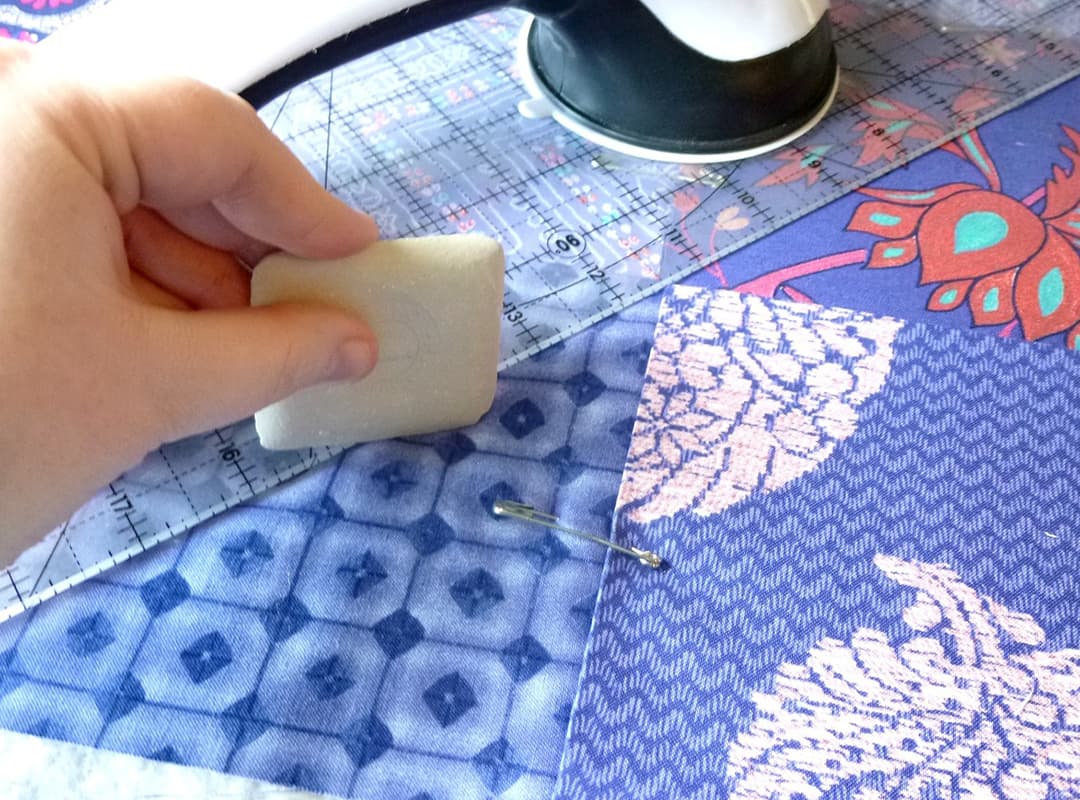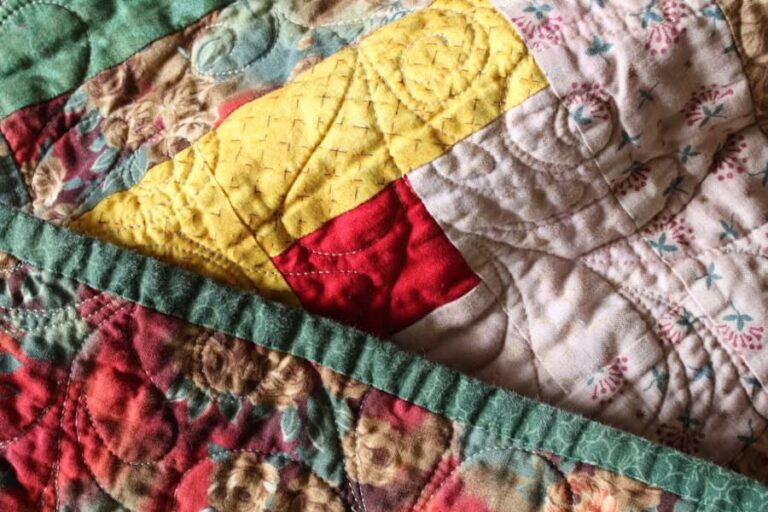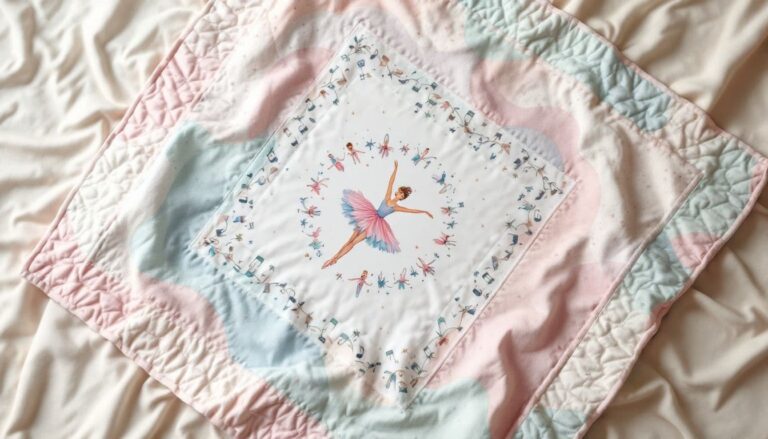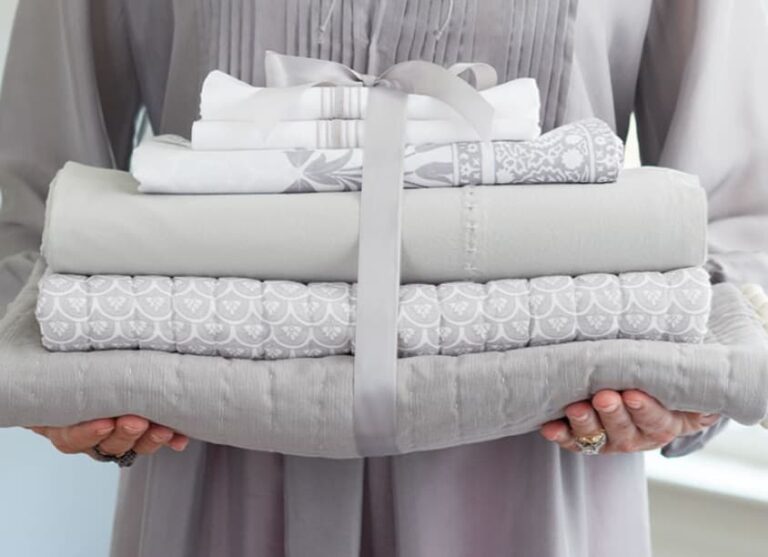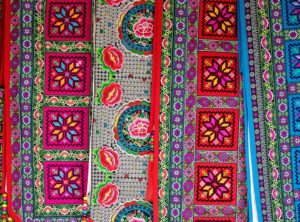Quilting is a beloved craft in New Zealand, blending creativity, tradition, and technical skill. Whether you’re a beginner or an experienced quilter, mastering the fundamental skills is essential for creating beautiful and long-lasting quilts. In this guide, we’ll cover the key techniques that every quilter in New Zealand should know, and we’ll touch on how you can use these skills to tackle more intricate projects like the eclipse pattern.
Understanding Fabric Selection
Choosing the right fabric is one of the first and most important steps in quilting. New Zealand quilters often have access to a diverse range of local and international fabrics. When selecting materials, it’s important to consider the weight, texture, and quality of the fabric. High-quality cotton is typically the best option for quilting due to its durability and ease of handling. Fabrics inspired by New Zealand’s rich natural landscapes can add a unique touch to your quilt, making each piece reflect the beauty of the local environment.
Mastering Cutting Techniques
Precise cutting is crucial in quilting. Accurate cutting ensures that all your fabric pieces fit together seamlessly, creating clean and even patterns. Using rotary cutters, rulers, and cutting mats can help achieve the precision required for intricate quilt designs. A popular tool for achieving straight and accurate lines is the Add-A-Quarter Ruler, which simplifies the cutting process, especially for complex patterns like the eclipse pattern.
Piecing with Precision
Piecing refers to the process of sewing fabric pieces together to create blocks or patterns. New Zealand quilters often work with traditional piecing methods as well as foundation paper piecing for more complex designs. Mastering a consistent seam allowance, typically ¼ inch, is vital for ensuring that your blocks line up perfectly. Pressing seams as you go also helps keep everything smooth and prevents bulk from building up at seam intersections.
Developing Quilting Techniques
Once the quilt top is complete, it’s time to move on to quilting, where layers of fabric and batting are stitched together. There are several quilting methods to explore, such as hand quilting, machine quilting, and free-motion quilting. In New Zealand, many quilters use machine quilting to create intricate designs quickly and efficiently. If you’re attempting a challenging project like the eclipse pattern, you might consider practicing free-motion quilting, as it allows for greater flexibility in creating curves and custom designs.
Binding and Finishing
The final stage of quilting is binding, which involves enclosing the edges of the quilt with a strip of fabric. This step is essential for both protecting the quilt and giving it a polished, finished look. It’s important to take your time and ensure that the binding is attached evenly and securely. There are several methods for binding, including machine or hand stitching, and New Zealand quilters often favor using bias binding for a professional, durable finish.
Exploring New Zealand Quilting Communities
Quilting is not just an individual craft—it’s a shared passion for many New Zealanders. Participating in local quilting groups or attending quilting workshops is a great way to develop your skills, gain inspiration, and connect with other quilters. Many local guilds offer support for both beginners and advanced quilters, and sharing tips with fellow quilters can help you tackle new techniques and patterns with confidence.
Developing essential quilting skills is key to enjoying this creative and fulfilling craft. By mastering fabric selection, precise cutting, piecing, quilting, and finishing techniques, New Zealand quilters can create stunning quilts that reflect both personal style and local influences. Whether you’re working on a simple project or a more intricate design like the eclipse pattern, these foundational skills will help you achieve beautiful results with each new creation.
